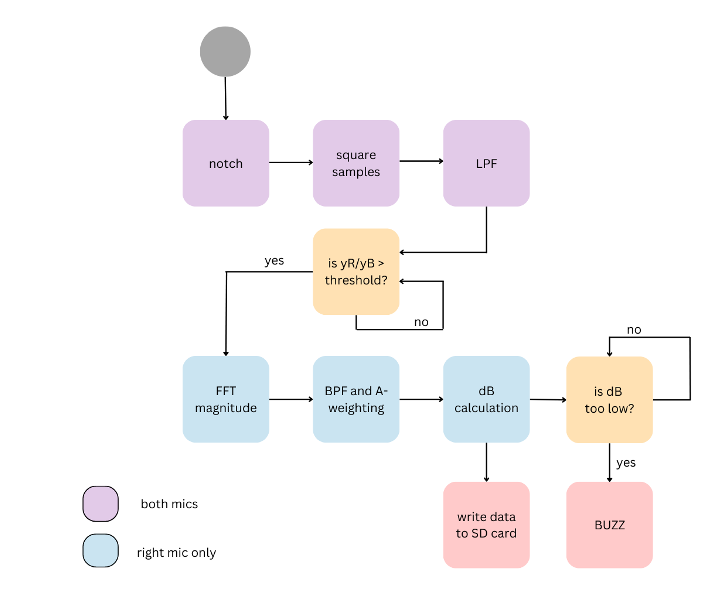Voice therapy options for patients with dysphonia lack patient-centric technologies and long-term success rates
The inability to communicate effectively due to poor voice quality (dysphonia) and reduced intelligibility (dysarthria) are common, devastating symptoms of Parkinson’s Disease (PD). Dysphonic patients do not know when they are speaking inaudibly and require reminders to speak loudly and clearly enough to be understood. It can have a profound impact on patients by putting their physical safety at risk, creating social isolation, and preventing them from relating their daily living needs.
The current standard of care for patients with PD-related dysphonia is intensive behavioral voice therapy consisting of four sessions per week over four weeks, with additional home practice between sessions. This intervention puts the burden of treatment directly on the patient to recall and implement the therapeutic skills in typical, daily conversations and on the caregiver to enforce the treatment plan. There is a high incidence of therapeutic failure due to financial and scheduling burdens as well as patients’ inability to translate learned skills to real-life communication situations.
Innovative headset offers real-time feedback to improve communication abilities in multi-etiology dysphonia patients
This groundbreaking, compact headset offers real-time feedback to patients allowing them to increase or decrease speech volume or pitch to improve intelligibility. Using preset, individualized, and adjustable thresholds, this technology actively isolates, monitors, and analyzes vocal output for time, loudness, and speech rate, supplying periodic feedback to the patient for maximum therapeutic benefit. This comfortable headset has a long-lasting, lightweight battery and stores easily accessible data for intermittent adjustment by speech therapists to continually improve the patient’s feedback from the device. Unlike current therapeutic options, this affordable technology delivers vocal autonomy for PD patients, potentially improving their quality of life.
- Patient-Centered: The headset detects, monitors, and analyzes speech in real-time, providing feedback specifically calibrated to the patient for instant vocal adjustment.
- Programmable: Therapists can easily access stored speech and voice data for regular review and fine-tuning of preset thresholds.
- User-Friendly: The headset is designed to be lightweight and low-profile for all-day wear and offer a user-friendly design compared to other technologies.
- Comfortable: In addition to being light and unobtrusive, the headset uses standard omnidirectional microphones that offer greater patient comfort than throat microphones found in other devices.
- Affordable: The estimated cost for this technology is $340.
- Parkinson’s Disease-related voice and speech disorders
- Voice and speech disorders stemming from other medical conditions
- Individuals transitioning between genders who want to increase or decrease their speaking pitch
- Prevention of vocal trauma by heavy vocal users who may be speaking too loudly

Flow chart of the Speech Assisting Multi-Microphone System (SAMMS) device with haptic feedback.

SAMMS device microphones.
